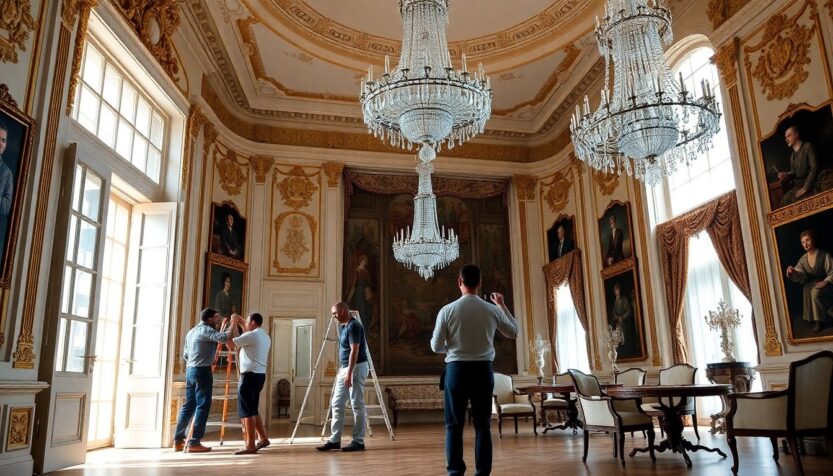Donald Trump reaches settlement with YouTube
Former President Donald Trump has negotiated a significant settlement with YouTube following his suspension from the platform after the events at the Capitol in January 2021. The financial agreement, valued at $22 million, will be used to enhance the State Ballroom at the White House, aiming to elevate the opulence of this historic venue.
The legal dispute began when Trump’s account was suspended due to a video in which he defended his actions during the controversial “Stop the Steal” rally. In his remarks, he described the rally as “totally appropriate” and claimed that attempts to impeach him were inciting “tremendous anger.” This incident was part of a broader trend, as Trump also pursued legal actions against other tech giants, including Meta and X.
Details of the settlement and implications
The recent YouTube settlement has attracted significant attention. Earlier this year, former President Donald Trump secured a $25 million payment from Meta and X agreed to a $10 million payout. Trump’s legal team contended that the suspension of his account by these social media platforms infringed upon his First Amendment rights, claiming it was influenced by government pressure. The funds from YouTube are designated for the Trust for the National Mall, an organization dedicated to the restoration and enhancement of iconic national sites.
Concerns raised by legal experts
Legal analysts are raising concerns about the broader implications of Trump’s lawsuit, despite its apparent success. Eric Goldman, a law professor at Santa Clara University, characterized the agreement as an instance of influence-peddling, indicating it may lack genuine legal merit. As the landscape of online speech and content moderation evolves, cases like this one could significantly impact how social media platforms implement their policies.
Plans for the new ballroom
The announcement of a new ballroom, projected at a substantial 90,000 square feet, marks a significant enhancement to the White House’s event hosting capabilities. Press secretary Karoline Leavitt described the ballroom as a much-needed and exquisite addition. The ambitious plans for the ballroom include lavish designs reminiscent of Versailles, featuring abundant gold accents. Initially designed to accommodate 650 guests, former President Trump later indicated that the capacity could expand to 900, reflecting his grand vision for the space.
Chief of Staff Susie Wiles commended President Trump’s architectural vision, asserting, “President Trump is a builder at heart and has an extraordinary eye for detail.” However, concerns have been raised by political figures regarding the funding sources for this project. Senate Minority Leader Chuck Schumer expressed skepticism about the origin of these funds, suggesting they may not have been approved through Congressional channels.
Funding sources for construction
Reports reveal that a range of individual and corporate donors, including prominent companies such as Google, Booz Allen Hamilton, Lockheed Martin, and Palantir, are contributing nearly $200 million towards the ballroom’s construction costs. This significant financial support raises concerns about the potential influence of corporate interests on political projects and the broader implications for governance.
Trump discusses the ballroom project
In a recent media interaction, Donald Trump conveyed optimism regarding his health following the death of political commentator Charlie Kirk. He quickly shifted the focus to the ballroom project, announcing the start of construction. “You see all the trucks. They just started construction of the new ballroom for the White House, which is something they’ve been trying to get, as you know, for about 150 years. And it’s gonna be a beauty. It’ll be an absolutely magnificent structure,” he stated.
As the White House embarks on this significant renovation, the convergence of politics, social media accountability, and architectural ambition continues to develop. The consequences of Trump’s legal triumphs and this ambitious project will be closely observed as the political climate evolves.

